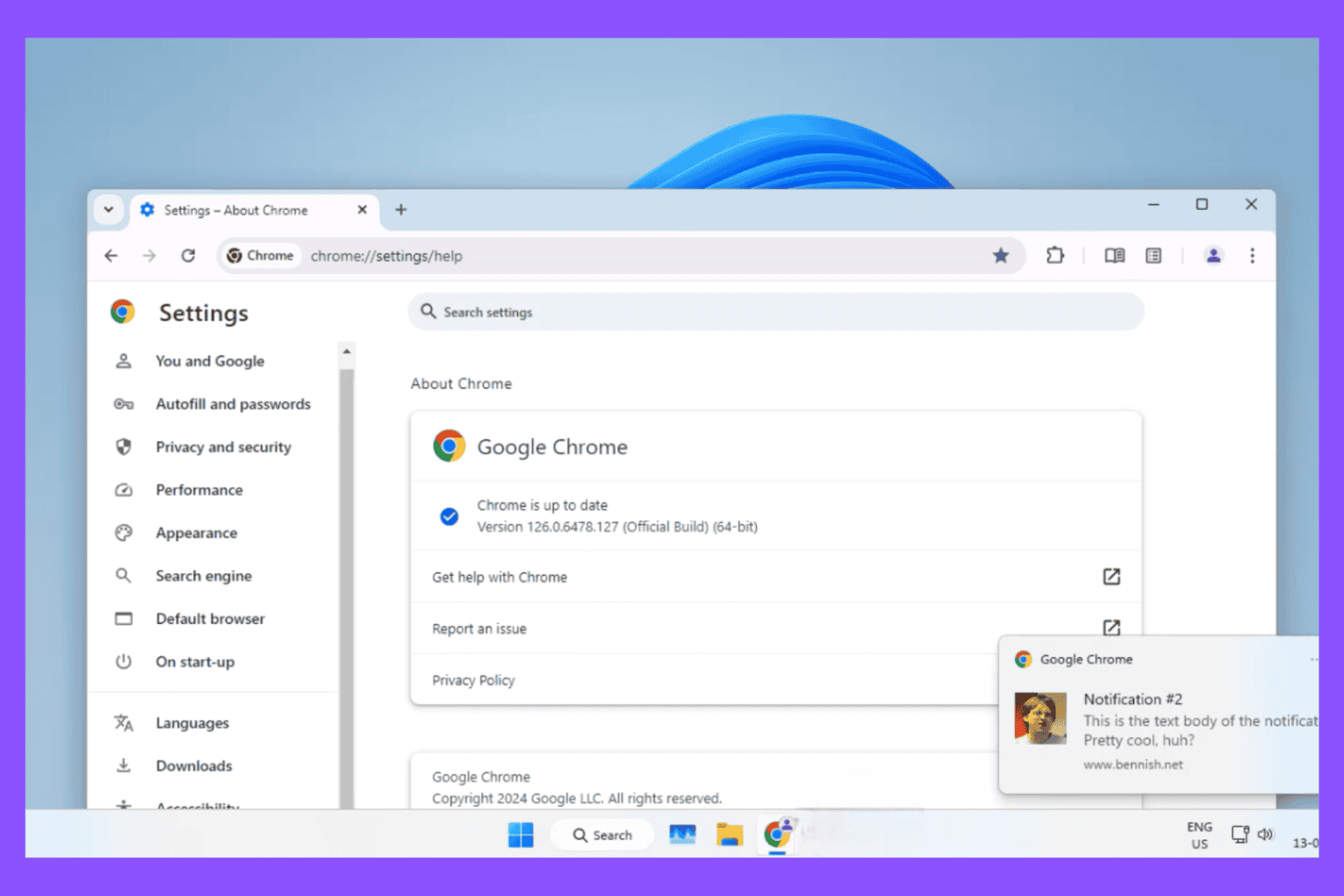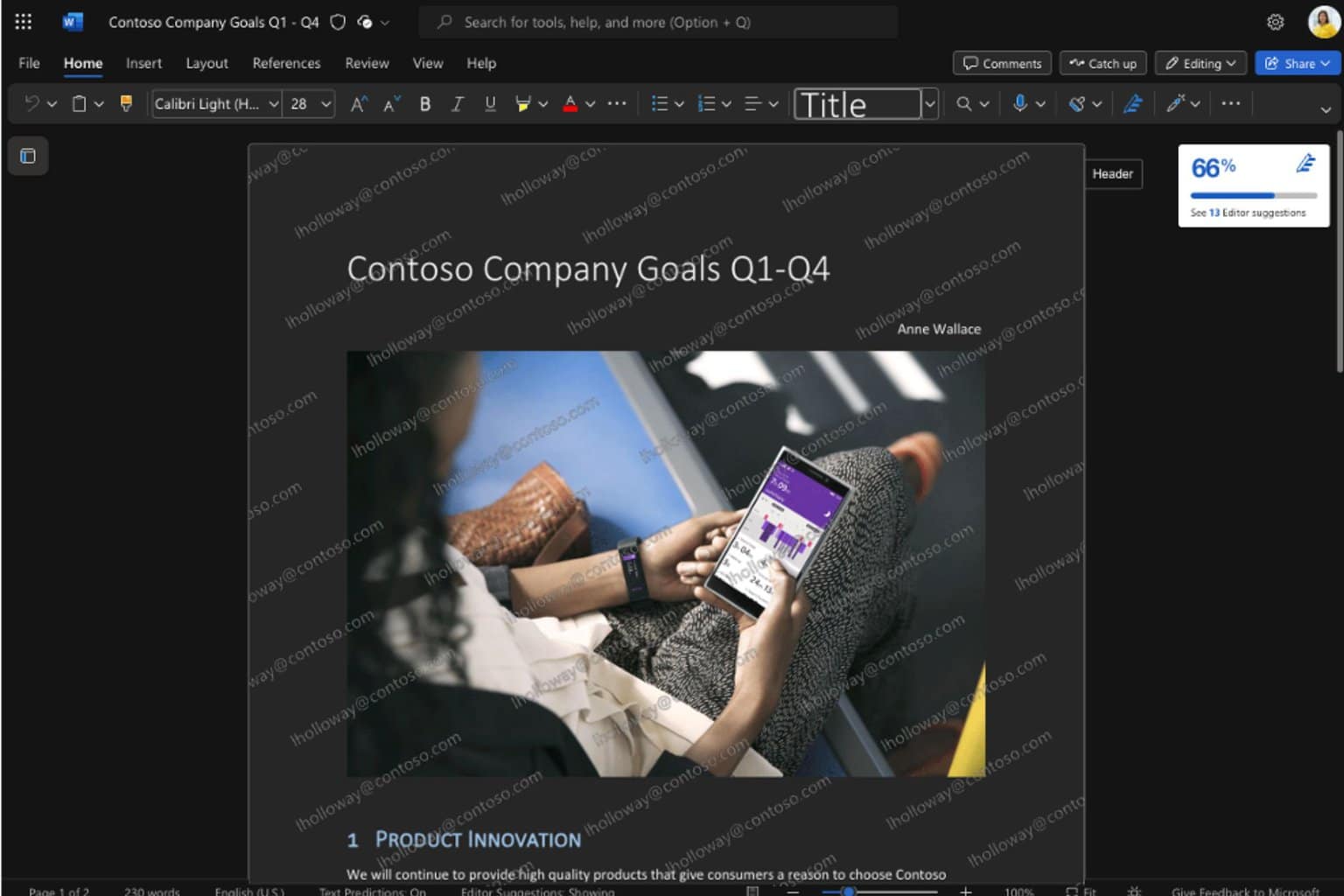Microsoft Edge now blocks Flash by default and makes it click-to-run
3 min. read
Published on
Read our disclosure page to find out how can you help Windows Report sustain the editorial team Read more

As we anxiously wait for the Windows 10 Creators Update due next spring, Microsoft takes a swing at an aging internet standard. It appears that starting next year, Microsoft’s Edge browser will phase out Flash Player. No big surprise there: Several big names like Apple, Mozilla and Chrome have withdrawn support from the Flash extension in the past year.
According to reports, a few sites will be whitelisted, but everywhere else will have Flash disabled by default. Starting 2017, almost all Flash content will be made click-to-run just like most online advertisements after the Windows 10 Anniversary update. This means that Flash will not be loaded or offered to sites automatically. So, users will have to take the high road and enable it on a site-by-site basis (considering ‘if’ they really need it). Of course, this is after the approach was adopted by Chrome and Safari.
Microsoft has yet to specify which sites will be allowed to use Flash by default. Consequently, they will shrink that list until users gain complete control over whether or not to use Flash.
Microsoft says that cutting ties with Flash will extend the current functionality of their browser and encourages the transition to HTML5 alternatives.
The change seems better over the long haul. Now, users will have the authority to selectively suspend unwarranted Flash content, such as animations and ads.
We are planning for and look forward to a future where Flash is no longer necessary as a default experience in Microsoft Edge.
This was undoubtedly a much-needed development that will hopefully lead Edge in the right direction. Moreover, Microsoft has stated they have taken steps to make things a little easier for their users. Also, Flash causes a massive drain in battery life along with opening barriers to certain security vulnerabilities.
This move is certainly going to be a cold, hard and unexpected blow to Adobe considering that even Mozilla is planning to ditch Flash at some point in 2017. As almost all of the major browsers have left Flash behind, users are guaranteed a safer, faster browsing experience.
However, this hasn’t demotivated certain developers that there are still thriving communities ensuring that some browser-based games continue to support Flash even if they are newly developed. What cannot be denied is the level of interactive content that Flash has to offer, some that even HTML 5 alternatives can’t.
This is going to make 2017 definitely an interesting year. We are particularly intrigued by the idea of HTML 5 developers filling in the gap that is going to be left by Flash’s absence.








